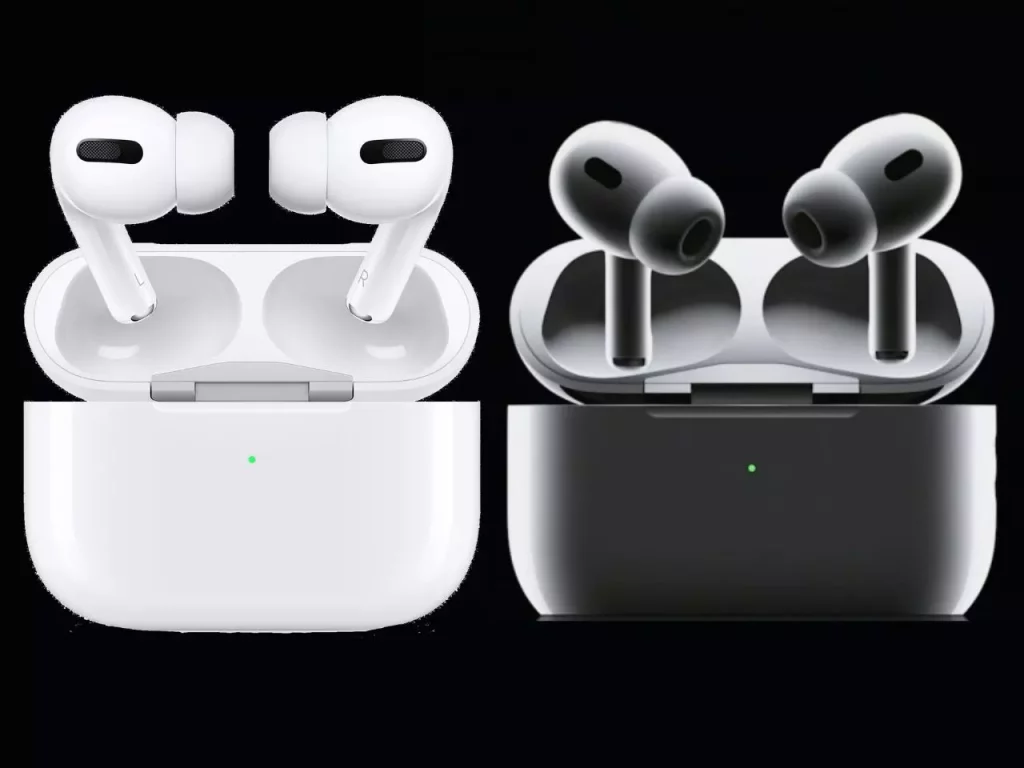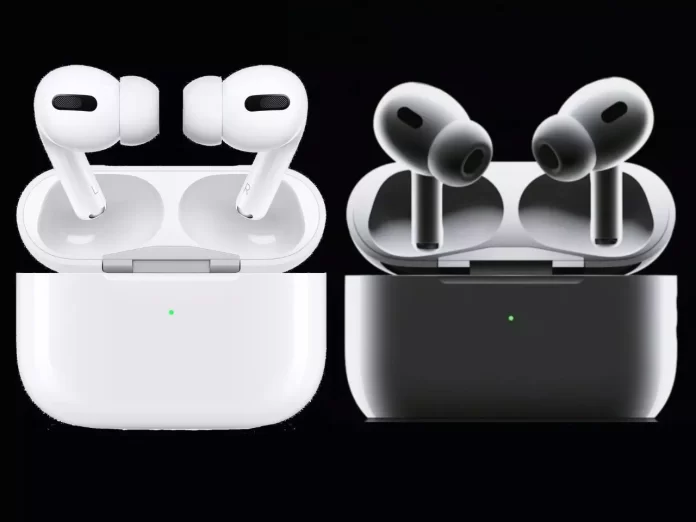[ad_1]

According to Bloomberg’s Mark Gurman, Apple’s AirPods could get new hearing health features in the coming years.
The AirPods have come a long way since Apple first announced the wireless earbuds in September 2016.
For one, there are now three AirPods options based on user’s preference and budget — AirPods Pro, AirPods Max, and the regular AirPods. Also, Apple has gradually added several features specific to hearing health.
For example, the Live Listen feature allows users to use their iPhone as a microphone that sends sounds into the AirPods, which is helpful for conversations in a noisy area. Similarly, users can leverage the AirPods’ Conversation Boost functionality to focus on the person talking — like a hearing aid.
Despite these features, Apple hasn’t advertised the AirPods as a hearing aid replacement, and the earbuds don’t have FDA approval to function as such. But that could change soon.
A recent report suggests that Apple will double down on the AirPod’s hearing health features.
In his latest “Power On” newsletter edition, Bloomberg’s Mark Gurman said he believes Apple will upgrade the AirPods to become a health tool within a year or two. Gurman further notes that the earbuds could even start to collect hearing data.
There’s more!
Using the AirPods as a Tool for Collecting Health Data
A previous report from Apple analyst Ming-Chi Kuo noted Apple’s plans to add biometric health-monitoring features to future AirPod models.
Indeed, patent filings describe an earbud-based fitness monitoring system with an advanced biometric sensor that relies on a built-in motion sensor and skin contact. That way, users can measure physiological metrics such as heart rate, temperature, and perspiration levels using the AirPods.
Kuo’s report aligns with Apple’s vice president of technology Kevin Lynch’s hint that the audio device could provide additional health data in the future.
Since current AirPods have microphones and speakers, Apple may not release new AirPod models for the forthcoming hearing health capabilities. Instead, the Cupertino-based tech giant could simply push the features via a firmware update to existing devices.
[ad_2]
Source link
